
Hakuichi: Imbuing A Fresh Aesthetic Sense with Kanazawa Gold Leaves
Written by Team MUSUBI
It seemed all but fitting that Hakuichi's Ginza Showroom was located within the glamor of the Ginza area and adjacent to the distinguished Kabukiza Theatre. Hakuichi is renowned for their wide selection of high quality products from accessories to art panels crafted with a variety of Kanazawa Gold Leaves. Finding its origin in gold leaves, the name Kanazawa Gold Leaves is now a collective term used for all metal leaves produced in Kanazawa, including other metals such as silver, tin, aluminum and brass.
Hakuichi has embraced new concepts and innovative techniques to create stunning items that have gracefully displayed the untapped possibilities of Kanazawa Gold Leaves for over 40 years.

tables of contents
Connect and Create: Creation through Communication

She explained, "the process of creating a product is similar to Aikido. Aikido is a martial art but its essence is about the exchange of energy. There is a definite exchange of positive energy when making a product. And communication is key."
Dedication to Quality
Tsurumoto gave us an overview of the production process.
"For our Fleur placemat, craftspersons in charge of imprinting the designs do so by randomly yet beautifully dotting spots of a special material onto the surface. Next, the placemat is gently covered with a layer of a 1/10000 mm-thin aluminum leaf creating the floral patterns on the surface. The final step is applying a coating unique to Hakuichi that gives the placemat added sturdiness and color."

"There are over 100 craftspersons who are dedicated to creating the unbelievably thin leaves. Many steps require the strict usage of bamboo-made instruments to avoid any kind of static when handling the Kanazawa Gold Leaves. And Hakucihi's newest factory is fully equipped with floor heating to prevent any wind from heating equipment blowing the delicate leaves. This measure also ensures the comfort of the craftspersons working in the factory."
Attention to Color
"For the 'FIVE SENSES Water' coasters, I gathered numerous photos of lakes, rivers and the sea from all corners of Japan and sent them to the craftspersons at Hakuichi. After having worked together for many years now, they can identify what kind of color I am aiming for. Blue is a very complex color. Recreating a blue that's just the right tone with a chic impression is extremely difficult."

Silver hues tend to entail blue tones that add a cold and inanimate impression. But by adding slight yellow tones to the silver surface with the final coating, the Fleur placemat gives off a brighter and glamorous champagne yellow tone, thus becoming the "beauty-enhancing" placemat.

Vision and Concept

"The three important elements to consider when branding a product are having a vision, doing research and taking action, having a vision being the most significant. If you make a product just because it's popular, you'll end up with something that has no uniqueness, no backstory. A well-developed concept based on a concrete vision, and effective communication with those associated with its production are essential for creating a product with appeal and charm."
"The other day when I went to one of our shops, a salesperson asked me for some advice on how to promote products to customers. Rather than trying to 'sell' a product, my advice was to convey to the customer its concept, its backstory, and its value."
"In order for a shopping experience to be a successful one, it is important to consider the customers' needs and their lifestyle. And then provide information about the product, and how the product can blend into their daily lives."
A Culture of Sustainability
I noticed a placemat on display decorated with randomly-sized and colored Kanazawa Gold Leaves and asked how it was made.
"Kanazawa Gold Leaves are all thinly pressed in a square shape. For some products, we need to cut off the edges of the leaves to match a specific shape, but we are making utmost efforts to put those fragments to good use. We incorporate the pieces to other products like these placemats. We like to think of this idea as 'sustainable luxury'."


The Tradition of Crafting Joy and Radiance

Kuniko Asano, the late founder of Hakuichi, began Hakuichi with the dream of casting a radiant shine into people's lives with Kanazawa Gold Leaves. The current president, Tatsuya Asano, carries forward this aspiration, and Tsurumoto joins him to continue to create products with Hakuichi that bestow luminosity upon people's lives with an eye towards the future.


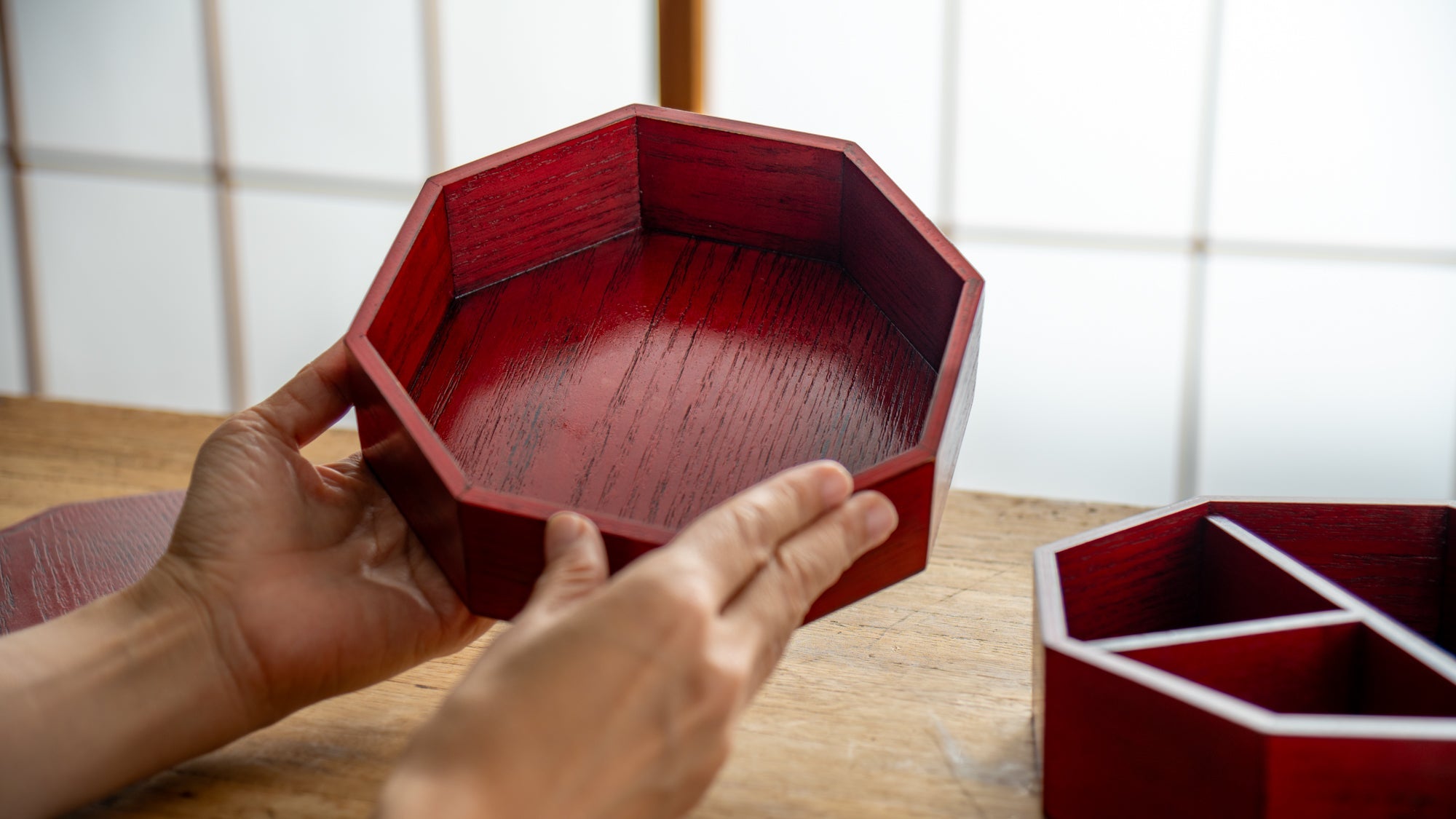

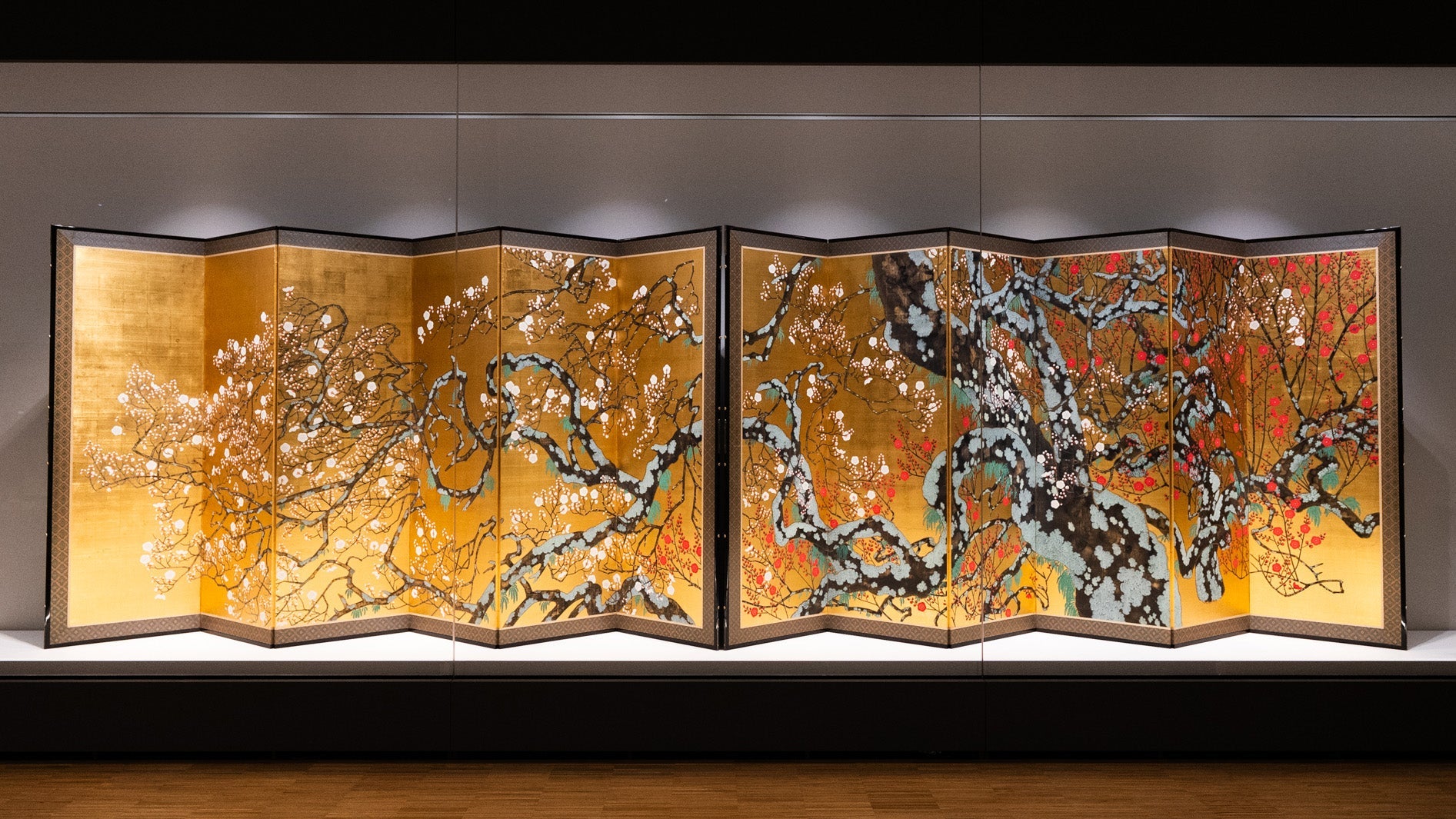
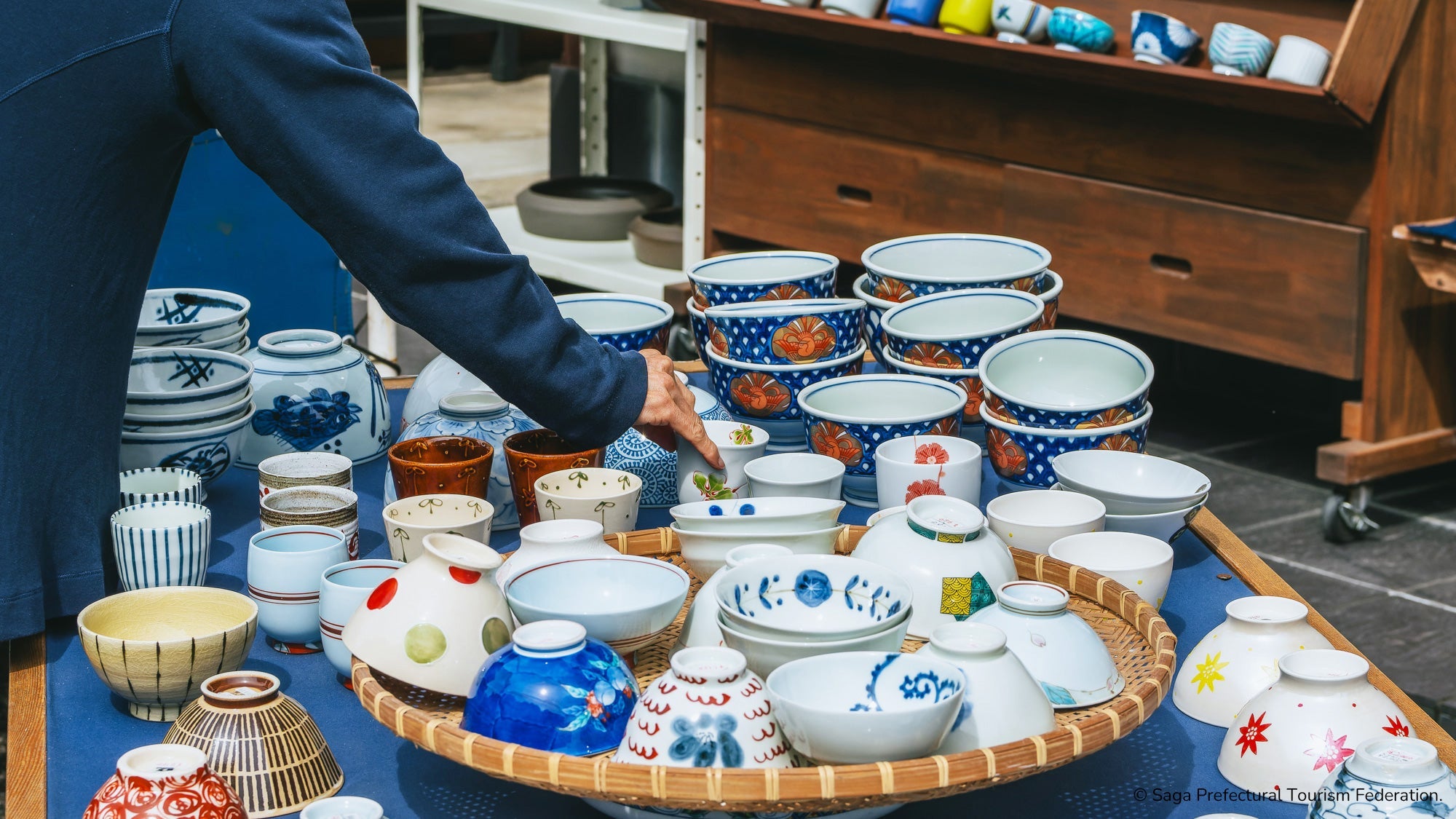
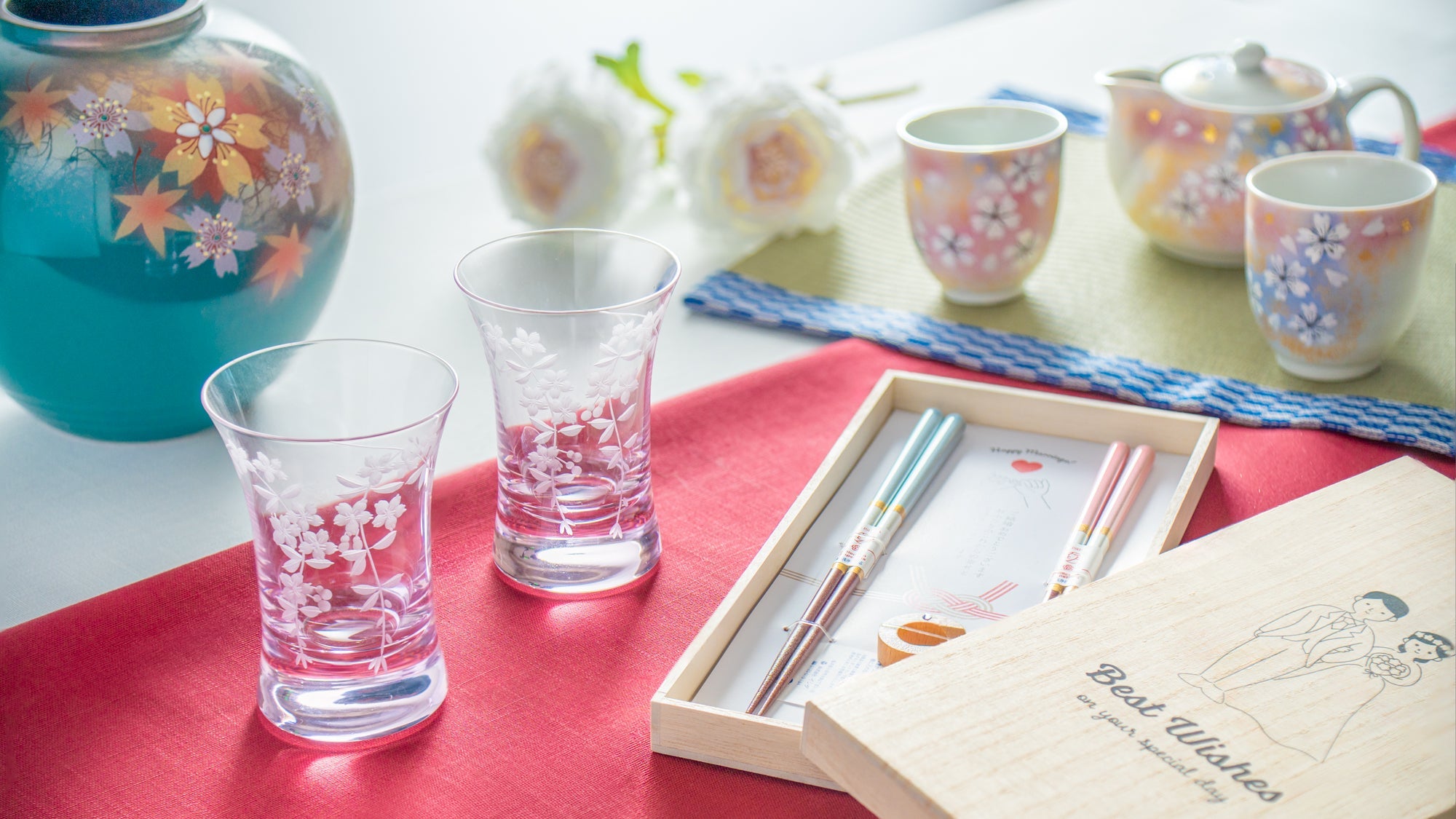
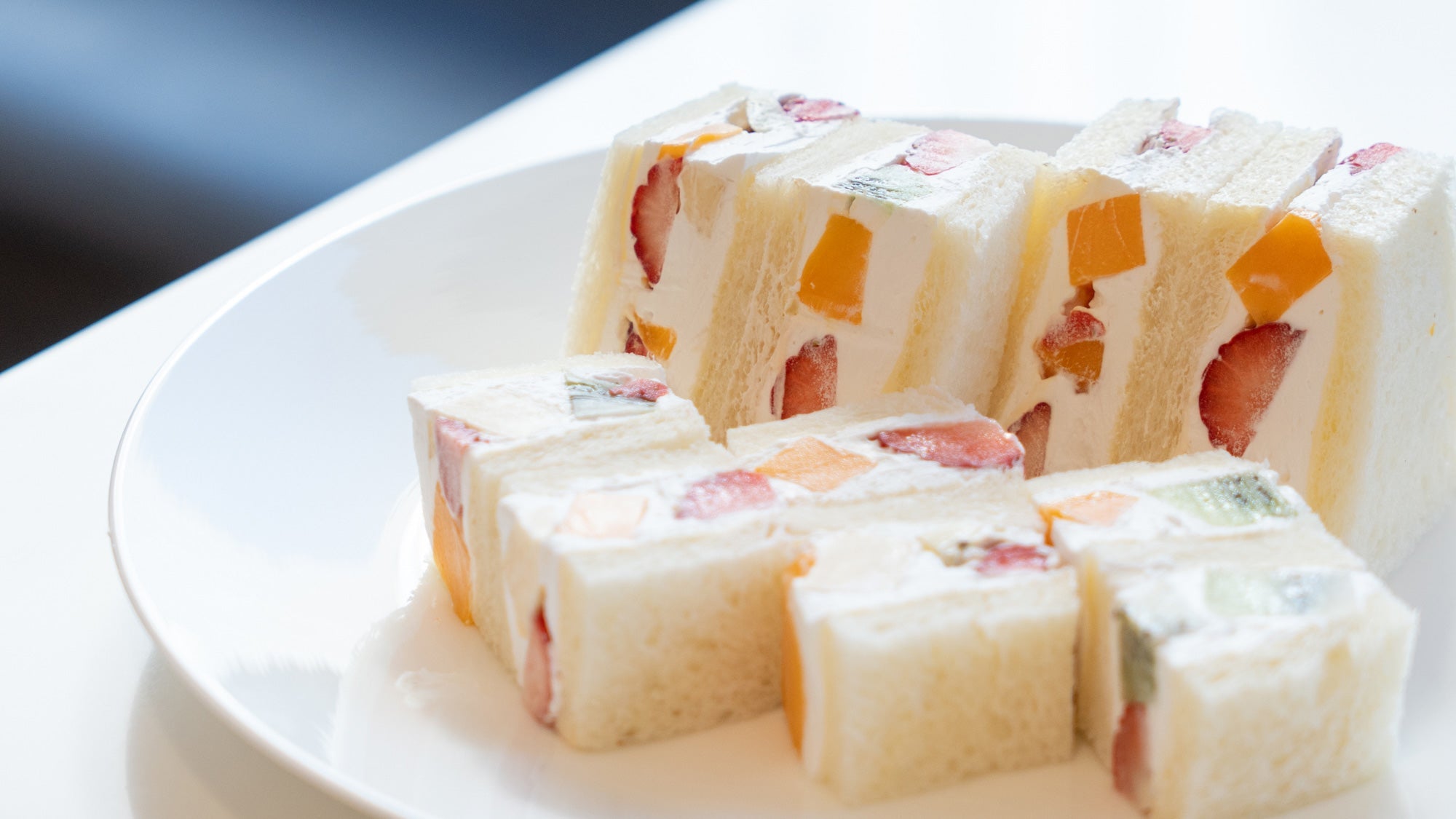

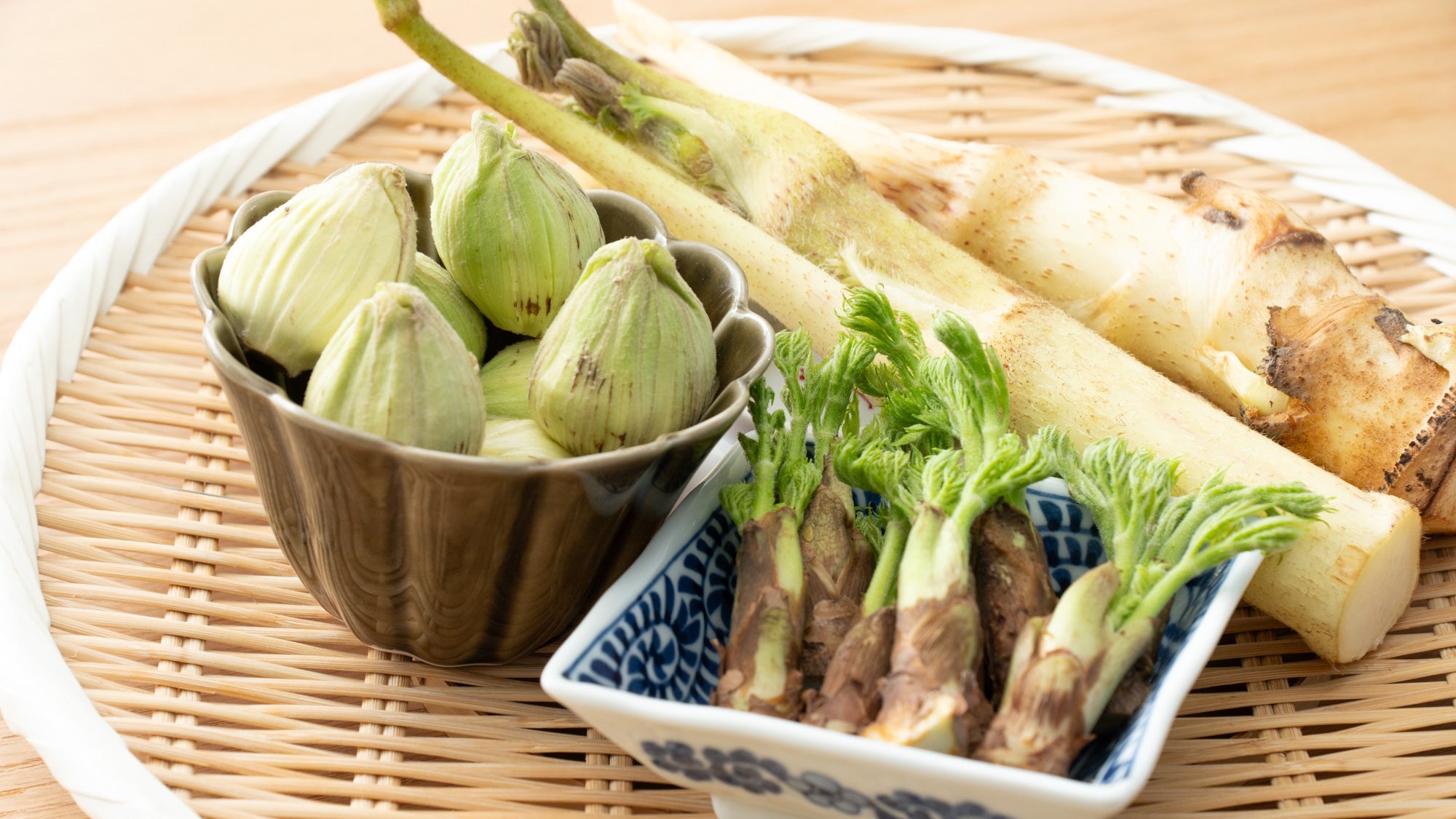

Leave a comment
This site is protected by hCaptcha and the hCaptcha Privacy Policy and Terms of Service apply.